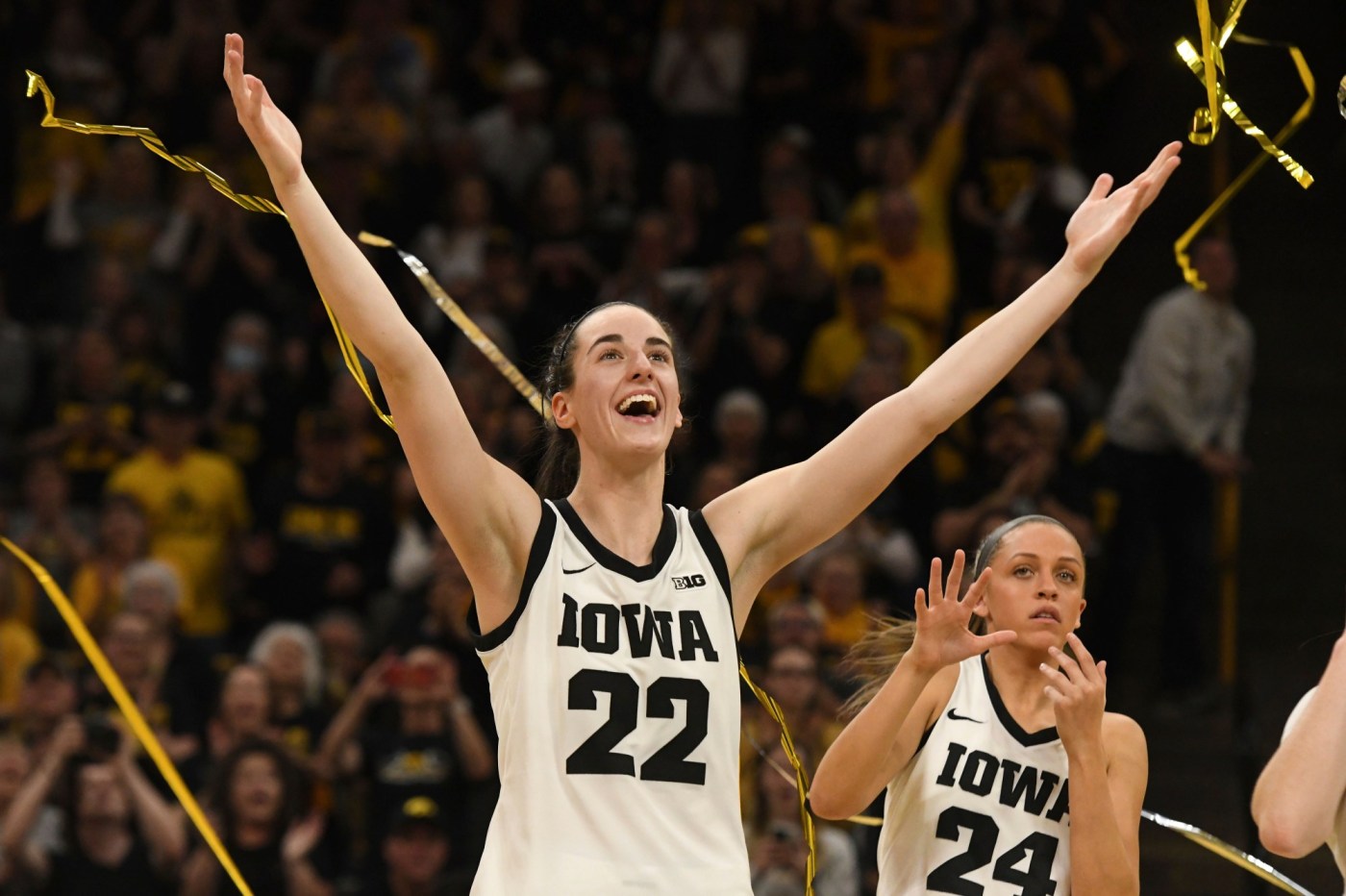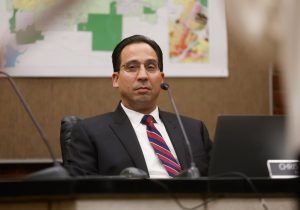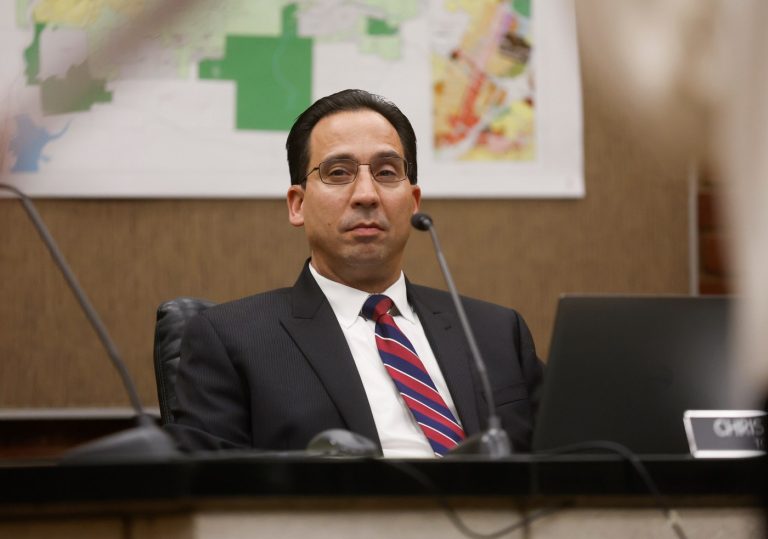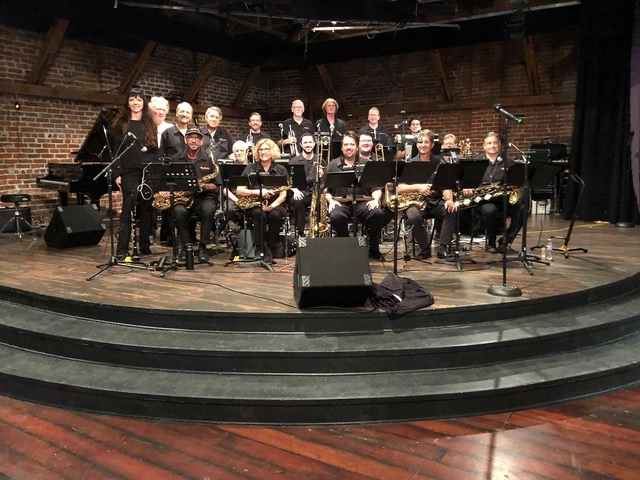While the biggest games of the Final Four will spotlight athletic prowess on the basketball court this weekend, it’s undeniable that the rising tide of players-turned-influencers inking brand deals and social media campaigns has helped pull even more eyes to the game.
But even as women’s teams in basketball and beyond are relishing a recent surge in attention — at times outshining their male counterparts — it’s not exactly clear that compensation has been equitable across gender or sport.
That’s why state Sen. Nancy Skinner, D-Oakland, has authored legislation that aims to increase transparency of the monetization of college athletes’ name, image and likeness (NIL) five years after her first-in-the-nation bill initially enshrined the right to get paid for their play in California and influenced states across the country to follow suit.
In January, Skinner introduced SB 906 to “bring transparency to NIL deals in California college sports and raise awareness about gender equity” in those agreements.
Rather than mandate any particular mechanism to ensure equal pay, the bill would require that the private, third-party companies that oftentimes manage a college’s NIL deals — dubbed “collectives,” which are outside the purview of any one school or organization — disclose more information about monetization. That data would include compensation totals, the value of goods and services given to the student-athlete and their immediate family, the sports teams involved, and players’ gender.
Postsecondary institutions would then scrub any identifying information from that data and share it publicly, compiling full-team totals annually for each sport, broken down by gender.
“We don’t have the information as to whether women are now getting a lot less of the pie, whether these collectives are primarily funding men, whether it’s disproportionate over the women athletes, and if it is creating a very un-level playing field,” Skinner said. “Will the information we get from my bill trigger Title IX or not? I don’t know, but until we have some information we’re not going to know.”
This bill is an expansion of Skinner’s work in 2019 when Gov. Gavin Newsom signed SB 206, known as the Fair Pay to Play Act, which was the first time student-athletes were given the right to receive financial compensation for their involvement in sports. Additionally, these rights were expanded to community college athletes after SB 26 was enacted in 2021.
Similar laws subsequently spread to other states, and NCAA officials allowed all of the organization’s athletes to take advantage of NIL contracts by July 2021.
Prior to this rule change, the only way college athletes were compensated for their play was through scholarships doled out by individual schools and complied with Title IX regulations to ensure equitable application across gender.
At least 250 collectives — financed through contributions from alumni, boosters, businesses and fans — have been formed nationwide. These organizations already have helped usher in millions of dollars in sponsorships for several female athletes.
In NCAA women’s basketball, for example, Iowa star Caitlin Clark leads the roster with a $3.2 million valuation from NIL deals with Gatorade, Nike, State Farm, Xfinity and Buick, according to an analysis by college sports site On3.
Meanwhile, LSU phenom Angel Reese, who recently announced her move to the WNBA next year, has amassed $1.8 million from NIL deals with companies such as Beats by Dre, Goldman Sachs, Tampax and Reebok, while UConn’s Paige Bueckers has earned $652,000 in NIL earnings from partners such as Dunkin’, Nike, Bose and Gatorade.
For comparison, Sports World News reported that Bronny James, the son of Lebron James, was the top earning collegiate men’s basketball player this past season with a net worth of at least $5 million, with most of those earnings tied to NIL deals while playing for USC.
However, those emerging stars are the exception rather than the rule for most student-athletes.
Skinner said the rationale behind her current bill is to provide policymakers data to determine whether or not these ever-growing “collectives” are shortchanging other female athletes or women’s sports in general — the first step in ensuring that all student-athletes are on a level playing field.
SB 906 is still working its way through the California Legislature, with the next hearing scheduled for April 16.
If the bill is signed into law and subsequently reveals Title IX violations or other inequities in the coming years, more targeted laws may follow — an effort that other lawmakers will have to carry forward after Skinner terms out in 2024.
There’s already evidence that pay isn’t equal for men and women student-athletes.
In December, 32 female athletes playing for the University of Oregon’s beach volleyball and club rowing teams filed a Title IX lawsuit against the school. That complaint, pending in federal court, alleges that the Ducks’ administration treats “its varsity male student-athletes shockingly better than its varsity female student-athletes,” adding that the school has been “depriving them of equal treatment and benefits, equal athletic financial aid and equal opportunities to participate in violation of Title IX.”
Related Articles
Mailbag: The Super League’s big flaw, the NFL threat, the ‘Pac-2’ and the Big Sky(?), Power Four irony and more
Pac-12 FB recruiting: USC stays hot, UW hits Oregon, ASU grabs an OL
USC hires Eric Musselman: How CBB on the West Coast changes instantly
WSU hires David Riley: Smart move as Cougars navigate WCC for 2 years
Gov. Newsom says baseball saved him. But the legend of his career doesn’t always match the reality
For example, the complaint alleges that while the Ducks’ football team has spacious locker rooms and leather seats, the school hasn’t provided any facilities for its women’s varsity volleyball team — forcing them to play in a public park with derelict bathrooms and nonexistent spectator stands.
In the 2021-22 school year, women made up more than 49% of Oregon’s student-athletes, but the school spent only 25% of its annual athletics budget on them, according to the university’s Equity in Athletics Disclosure Act figures.
Skinner said that this is the exact kind of data they hope SB 906 will help uncover about the money flowing from NIL deals.
“We’ve had star women basketball players for decades, but it’s only been recently that they’ve gotten the level of attention that they have now,” Skinner said. “I think it’s because with the NIL, they’ve been able to promote themselves, and external entities have been able to promote them by giving them deals which has, of course, made us all pay more attention.”












